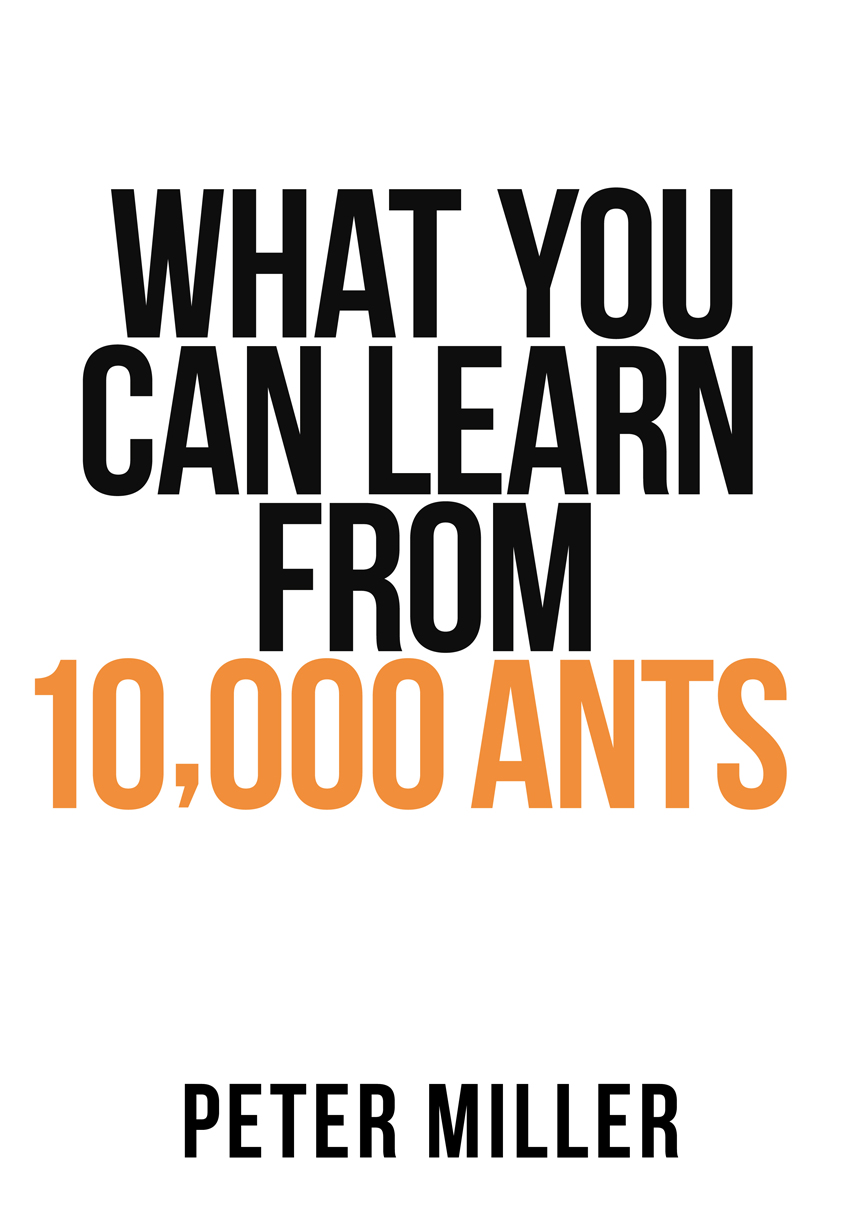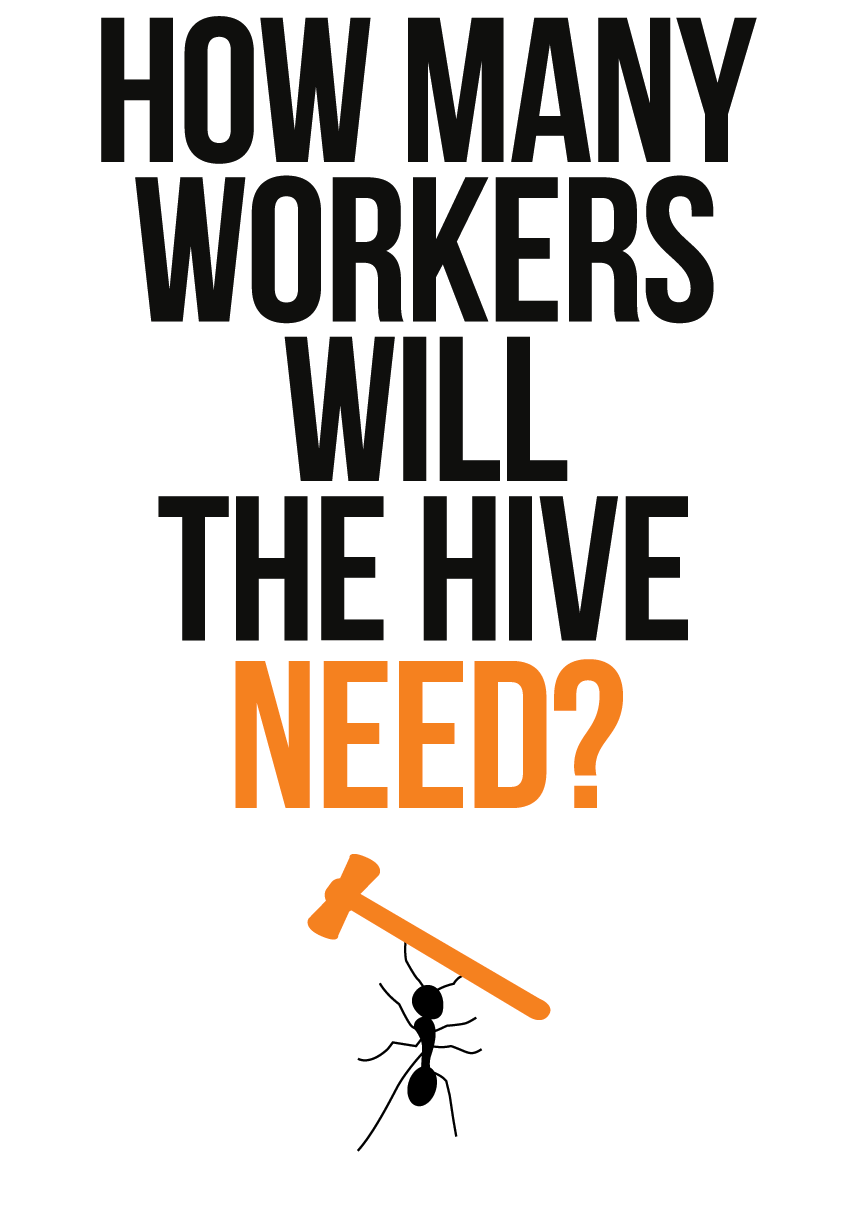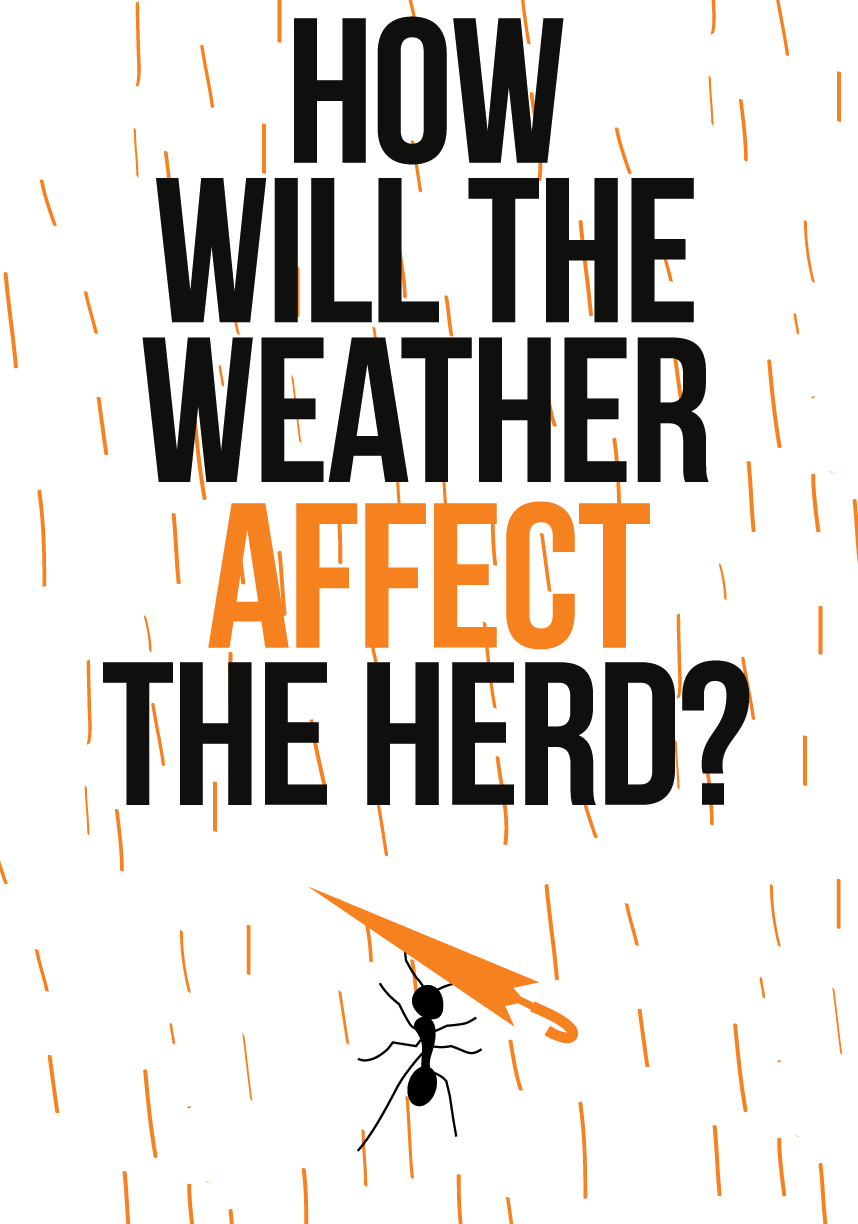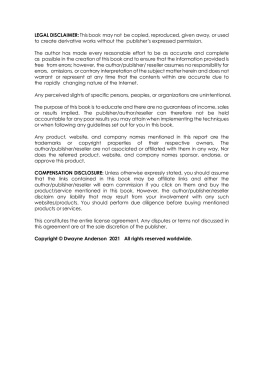
Not long ago Southwest Airlines was wrestling with a difficult question: Should it abandon its long-standing policy of open seating on planes? Of all the major airlines, Southwest was the only one that let passengers choose where to sit once they got on board. The airline had done it that way for more than thirty-four years, and it took pride in being an industry maverick. The companys independent attitude had helped make it one of the largest airlines in the world. Southwest, remember, was the first carrier to encourage flight attendants to tell jokes in the air.
The question turned out to be more complicated than it seemed. For one thing, no one knew how assigned seating would affect the amount of time it would take for Southwest to board everybody. If assigned seating made the process faster, then switching made sense, of course. But if it slowed things down, it wouldnt help.
To a Southwest analyst named Doug Lawson, the answer seemed obvious: the best way to determine whether assigned seating would be faster was to create a computer simulation of passengers boarding a plane, and then try out one pattern after the other. Other airlines had done more or less the same thing over the years. But Lawsons plan had a differenceit was based on the behavior of ants.

Why was an ant-based simulation a good idea for Southwest? What do ants and airlines have in common? The answer has to do with the remarkable phenomenon I call a smart swarm. Simply put, a smart swarm is a group of individuals who respond to one another and to their environment in ways that give them the power, as a group, to cope with uncertainty, complexity, and change.
The fact is, ants and other creatures have been dealing with the most difficult kinds of problems for millions of years: Will there be enough food for the colony this week?

Where will it be found? How many workers will the hive need to build a nest?

How will the weather affect the herds migration this year?

The way theyve responded to these challenges has been to evolve a special form of group behavior that is flexible, adaptive, and reliable.
Just off Route 533 in southwestern New Mexico, a barbed-wire fence surrounds sixty acres of what used to be a sprawling cattle ranch at the foot of the Chiricahua Mountains. For more than two decades now biologist Deborah Gordon, of Stanford University, has documented the life histories of several hundred colonies of red harvester ants that live here.
The workday starts early at Colony 550, an older nest of some ten thousand ants near the eastern border of the site. From dawn to midmorning, one group after another emerges from the nest to carry out various tasks. The first on the job are patrollers, who poke their heads out of the entrance hole just before sunrise. Appearing to be in no hurry, they mill around on the circular nest mound, inspecting the pebbly surface like groundskeepers at a golf course assessing the health of a green. If something has happened during the night, patrollers will be the first ants to know. Has the rain left a pile of debris on a foraging trail? Has the wind redistributed the seeds the ants collect for food? What are the neighbors up to this morning?
The patrollers are soon joined by a crew of nest maintenance workers, each carrying a bit of dirt, seed husk, or other trash up from below ground. In contrast to the patrollers, they seem narrowly focused on their tasks, searching for a suitable place to deposit their loads. The moment they find one, they drop what theyre carrying, turn around, and head back down into the nest.
Next come a handful of midden workers, who tidy up what the maintenance workers have left behind.
The last to appear are the foragers, who greatly outnumber the other workers. Streaming out of the entrance hole, they charge directly for the tall grass that rings the nest mound and disappear into a sea of Mormon tea, acacia, and snakeweed. Following ant highways through the underbrush, the foragers may venture as far as sixty feet from the nest in search of seeds. Because these seeds, for the most part, have ridden the winds from other parts of the desert, rather than coming from plants on the site, they tend to be scattered in unpredictable ways. So it could take a forager as long as twenty minutes to find one. As soon as it does, it picks up the seed and carries it straight back to the nest.
By nine a.m., the nest hole has taken on the appearance of a frantic subway entrance, with ants rushing in and out. In a colony like 550, which is nearly twenty years old, the nest may be six feet deep.
From top to bottom, Colony 550 seems to be a model of efficiency. From patrollers and maintenance workers to midden workers and foragers, every member of the colony seems to be following a master plan, like tiny cogs in a machine or the employees of a successful factory.
But thats not whats happening here at all.
Despite its well-managed appearance, Colony 550 does not function like any organization you are ever likely to encounter. It has no bosses, managers, or supervisors of any kind. The queen, despite her lofty title, wields no authority. Her sole function is to lay eggs, not to give commands. When patrollers venture out into the grass, theyre not taking orders from a squad leader. When nest maintenance workers repair a tunnel, theyre not following any blueprints. Young ants entering the work force dont have to sit through an orientation meeting or memorize a mission statement, because they never need to see the big picture. No ant ever understands the purpose of its own labor, why it needs to complete the job, or how it fits in.
Yet the colony does just fine.

Every morning in August, Deborah Gordon sets out from the Southwestern Research Station near Portal, Arizona, and drives just across the border into New Mexico to observe red harvester ants. Every afternoon the biologist returns to the station with a renewed sense of wondernot that the ants are so skillful at what they do, but that they appear to be such little dummies.
If you watch an ant try to do something, youll be impressed by how inept it is, she says. Often, it doesnt go about things the way you think would be best, it doesnt remember anything for very long, and it doesnt seem to care if it succeeds. Only one in five ants actually accomplishes what it sets out to do. The longer you watch an ant the more you end up wanting to help it.
Gordon doesnt study ants as individuals, though. Her research focuses on the behavior of ant colonies. As colonies, she says, ants are capable of solving problems far beyond the abilities of individuals, such as how to find food, allocate resources, or respond to competition from neighbors.
Ants arent smart, she clarifies. Ant colonies are.

Next page
















